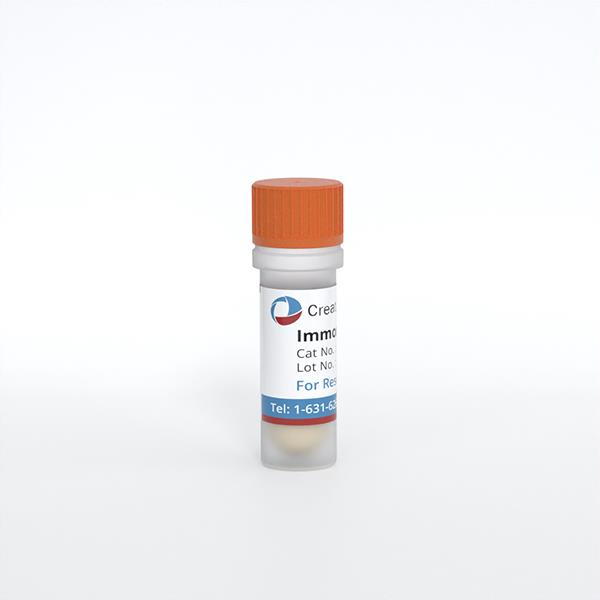
Immortalized Rat Suprachiasmatic Nucleus Cells (SCN2.2)
Cat.No.: CSC-I9247L
Species: Rattus norvegicus
Source: Brain
Morphology: Composed of round and broad flat polygonal-like appearance
Culture Properties: Adherent
- Specification
- Q & A
- Customer Review
Cat.No.
CSC-I9247L
Description
Immortalized Rat Suprachiasmatic Nucleus Cells (SCN2.2) is pluripotent and has the appearance of both neuronal and glial morphologies in culture. The cells are able to differentiate into different phenotypes, where neuronal markers are expressed (NSE, PGP, and MAP-2), but glial markers are absent. It is a valuable tool for studies relating to the regulation of the central mammalian pacemaker function, and the development of the suprachiasmatic nucleus cell types.
Species
Rattus norvegicus
Source
Brain
Culture Properties
Adherent
Morphology
Composed of round and broad flat polygonal-like appearance
Immortalization Method
Serial passaging and transduction with retrovirus carrying adenovirus 12S E1A gene
Markers
NSE, PGP, and MAP-2
Application
For Research Use Only
Storage
Directly and immediately transfer cells from dry ice to liquid nitrogen upon receiving and keep the cells in liquid nitrogen until cell culture needed for experiments.
Note: Never can cells be kept at -20 °C.
Note: Never can cells be kept at -20 °C.
Shipping
Dry Ice.
Recommended Products
CIK-HT003 HT® Lenti-SV40T Immortalization Kit
Quality Control
1) Immunofluorescent staining and western blot analysis for E1A;
2) Immunocytochemical screening with cell type-specific antigens to distinguish phenotypes.
2) Immunocytochemical screening with cell type-specific antigens to distinguish phenotypes.
BioSafety Level
II
Citation Guidance
If you use this products in your scientific publication, it should be cited in the publication as: Creative Bioarray cat no.
If your paper has been published, please click here
to submit the PubMed ID of your paper to get a coupon.
Ask a Question
Write your own review
Related Products
Featured Products
- Adipose Tissue-Derived Stem Cells
- Human Neurons
- Mouse Probe
- Whole Chromosome Painting Probes
- Hepatic Cells
- Renal Cells
- In Vitro ADME Kits
- Tissue Microarray
- Tissue Blocks
- Tissue Sections
- FFPE Cell Pellet
- Probe
- Centromere Probes
- Telomere Probes
- Satellite Enumeration Probes
- Subtelomere Specific Probes
- Bacterial Probes
- ISH/FISH Probes
- Exosome Isolation Kit
- Human Adult Stem Cells
- Mouse Stem Cells
- iPSCs
- Mouse Embryonic Stem Cells
- iPSC Differentiation Kits
- Mesenchymal Stem Cells
- Immortalized Human Cells
- Immortalized Murine Cells
- Cell Immortalization Kit
- Adipose Cells
- Cardiac Cells
- Dermal Cells
- Epidermal Cells
- Peripheral Blood Mononuclear Cells
- Umbilical Cord Cells
- Monkey Primary Cells
- Mouse Primary Cells
- Breast Tumor Cells
- Colorectal Tumor Cells
- Esophageal Tumor Cells
- Lung Tumor Cells
- Leukemia/Lymphoma/Myeloma Cells
- Ovarian Tumor Cells
- Pancreatic Tumor Cells
- Mouse Tumor Cells
Hot Products
